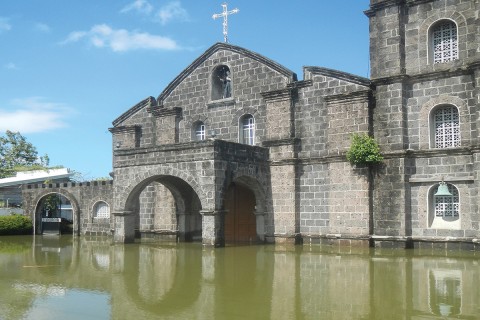Climate change’s threat to Christianity
Faith is growing in the tropics. So are the temperatures and the tides.

In 2015, Pope Francis issued the landmark encyclical Laudato si’, a powerful warning about environmental threats of all kinds. The document highlights global warming as “one of the principal challenges facing humanity in our day.” Such a statement appears daily more obvious, as do the global implications for all peoples and all races. What we perhaps miss is how central that threat is to the Christian future in particular, in an age when Christianity has become in large measure a religion of the tropics.
By midcentury, higher temperatures will mean rising sea levels and spreading deserts, as well as falling supplies of food and drinkable water. As the seas rise, fresh water becomes salinated and ever-larger areas of the world become subject to water stress. Even projecting a temperature increase of 1.5 degrees Celsius (which is optimistic) would double the frequency of extreme El Niñ̃o events. Changes in rainy seasons compound the effects of higher temperatures on agricultural productivity, which would be further threatened by extreme and unpredictable weather patterns. Facing the loss of fertile lands, we become wearily accustomed to the technical language of aridization and its most extreme form, desertification.
In terms of the direct effects on human populations, warming will have its most extensive impact on the tropics, the very populous areas between the latitudes of roughly 23 degrees north of the equator and 23 degrees south. That region includes most of Africa and Southeast Asia and large portions of India and Latin America. Within a few decades, 1 billion to 3 billion people in the tropics will find themselves in conditions too warm for comfortable survival. They will be outside the ecological niche in which most humans have survived for the past few millennia.





